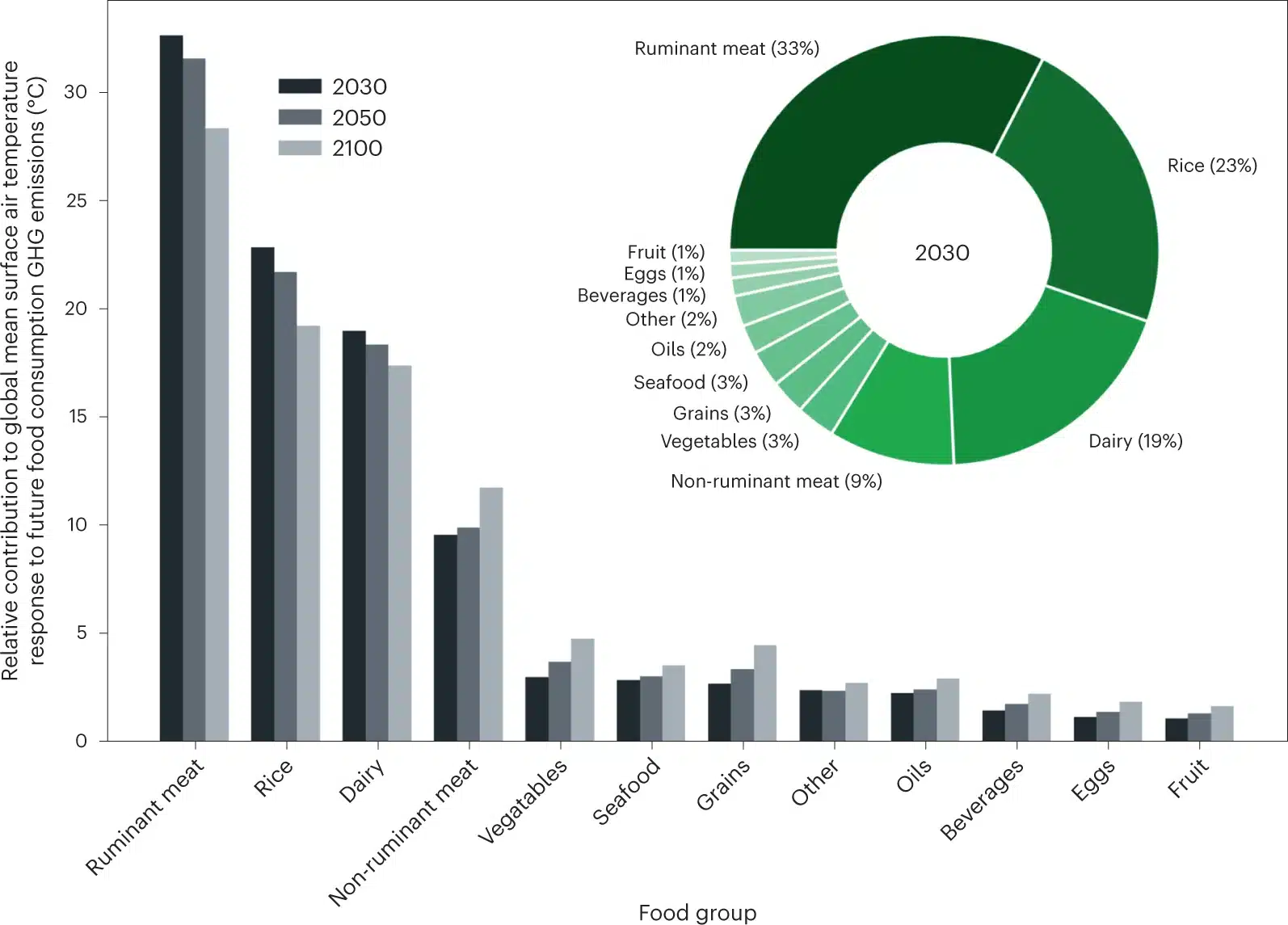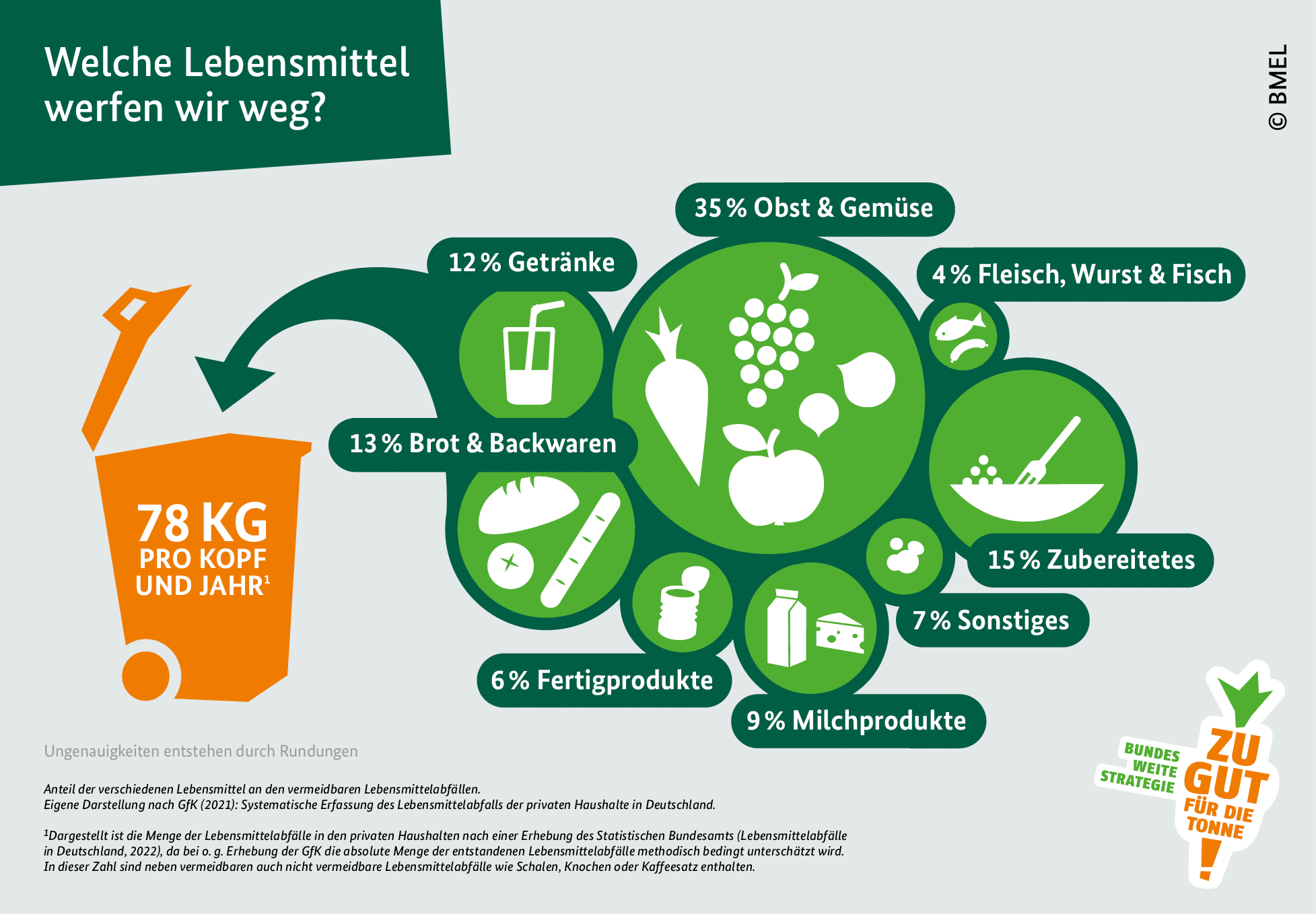Things will be tight if we want to meet the 1.5 degree climate target. At the climate conference in Paris in December 2015, the participating countries agreed to take tough measures. The goal: to limit global warming to 1.5 degrees Celsius above pre-industrial levels - i.e. before humanity began burning fossil raw materials on a large scale. And what does it look like now, more than seven years later? Not good at all. Many climate researchers now assume that the train to meet this goal already left the coast .
With the “Fit for 55” , the EU wants to become climate neutral by 2050. Late, but still. As an interim step, net greenhouse gas emissions are to be reduced by at least 55 percent by 2030 compared to 1990 levels. 12 measures have been drawn up by the Commission that are intended to reshape the EU's policies in the areas of climate, energy, land use, transport and taxes in order to reach this benchmark: This is how the EU should get fit to reduce emissions to the target minus 55% to lower. We have already discussed what this means for residential buildings in a previous article .
Study: Food as a climate driver
A recent study in Nature Climate Change looks at the role of food consumption on greenhouse gas emissions. , one problem with the evaluation for the four authors from the US Environmental Defense Fund their database: On the one hand, the reporting on food emissions is not detailed enough, and on the other hand, overly simplistic standards such as a CO₂ equivalent are often used.
Therefore, they first had to create a “global inventory of greenhouse gas emissions from food consumption” that records the individual types of gases emitted (such as carbon dioxide or methane) individually. They used this data to feed a simplified climate model that calculated the contribution of each data set to future global warming and at the same time showed what potential benefits certain mitigation measures could have.
The result: global food consumption is a huge factor. By 2100, this could contribute up to 1°C to global warming. Methane is again the biggest climate driver. About 75 percent of the warming comes from the production of foods that are considered large sources of methane, such as ruminant meat, dairy products or rice. The good news: 55% of the calculated warming can be mitigated through a package of measures: improving production processes, changing diets towards a healthy diet, reducing food waste by retailers and consumers.

Prospects: too hot! What to do?
The earth has currently warmed by more than one degree above pre-industrial levels. The years between 2010 and 2020 were on average 1.1 °C warmer than those of the defined “pre-industrial” phase from 1850 to 1900. If you add up the 0.5 to 1.1 degrees that, according to researchers, depending on the calculation model (and including data inaccuracy), we will already be above the 1.5 degree target by 2100. And further warming, such as that caused by traffic, industry and buildings, has not yet been taken into account.
The good news: Through our personal habits, we can do our small part to ensure that the forecasts are not so bad. One option is to reduce or eliminate your consumption of meat and dairy products. The production of meat and dairy products not only requires large amounts of water and land, but also generates large amounts of greenhouse gases, especially the climate killer methane .
A plant-based diet can make a significant contribution to reducing the climate footprint. However, different cultivation methods still have to be differentiated. Traditional wet rice cultivation (about 90 percent of global production) produces a lot of methane in flooded fields. If you alternate between flood and dry phases, methane emissions drop significantly, but these fields now produce more nitrous oxide - also a problematic greenhouse gas. The calculation is still better than with wet cultivation: the climate damage is reduced by a quarter and much less water is used.
There are other ways to pay attention to the climate when shopping: Seasonal foods save energy and thus greenhouse gases when stored in cold storage. Regional food shortens transport routes and thus reduces the burning of fossil fuels. However, regional foods only win when it comes to resource consumption if they are seasonal. When compared to cold storage storage and long-distance transport by ship, the latter is often better.
And please don't forget about food waste: 11 million tons of food end up in the garbage in Germany every year. 59 percent of them in the household. Therefore, measures that force producers and retailers not to throw away anything that is not spoiled will not be enough on their own!
Food waste is a major problem that urgently needs to be addressed, especially in view of the climate crisis - wherever food is actually wasted.
Cem Özdemir , German Federal Minister for Food and Agriculture

In summary, we as consumers can make a significant contribution to curbing climate change through our eating habits by reducing our meat and milk consumption, buying seasonal and regional foods, avoiding food waste and paying attention to sustainable agriculture.
The study in detail:
A little linguistic knowledge: In the Austrian dialect, the word Schas (also: Schaas or Schaß) is used in many different contexts: On the one hand, the Schas is an intestinal wind , but can also stand for nonsense . When the exclamation “So a Schas!” stands for anger at circumstances that cannot be changed.
Sources: Nature Climate Change , Federal Chancellery , Federal Ministry of Food and Agriculture , Vegans for Future , Der Standard , Frankfurter Rundschau , Education Wiki Climate Change , Planet Wissen , Aargauer Zeitung , Ostarrichi.org
Current fact checks from Mimikama:
The mask does not violate the ban on covering the face
Annalena Baerbock: Wrong quote about widow's pension
Disturbing video does not show the removal of a "vaccine worm"
Notes:
1) This content reflects the current state of affairs at the time of publication. The reproduction of individual images, screenshots, embeds or video sequences serves to discuss the topic. 2) Individual contributions were created through the use of machine assistance and were carefully checked by the Mimikama editorial team before publication. ( Reason )


